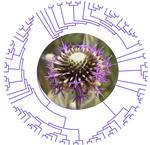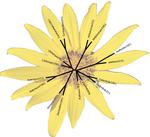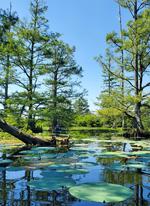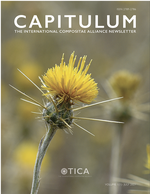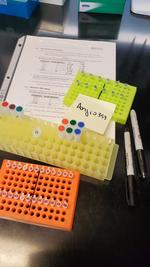Carolina M. Siniscalchi
Post-Doctoral Associate
Mississippi State University
Biography
I’m a Post Doctoral Associate at Mississippi State University. My two main research lines are macroevolution of the nitrogen fixation symbiosis in flowering plants and systematics and evolution of the sunflower family.
Interests
- Plant Evolution
- Systematics
- Taxonomy
- Compositae
Education
PhD in Biology (Botany), 2018
Universidade de São Paulo
MSc in Biology (Botany), 2012
Universidade de São Paulo
BSc in Biology, 2010
Universidade de São Paulo
Professional Background
Post-Doctoral Associate
Studying macroevolution of the nitrogen fixing symbiosis in flowering plants.
Research Associate
Studied whole genome duplications in the sunflower family.
Doctorate student
Universidade de São Paulo
Studied the systematics and evolution of the genus Chresta (tribe Vernonieae, family Asteraceae), using phylogenomics and population genetics methods.
Master’s student
Universidade de São Paulo
Studied Leguminosae floristics at Serra do Cipó, Minas Gerais, Brazil.
